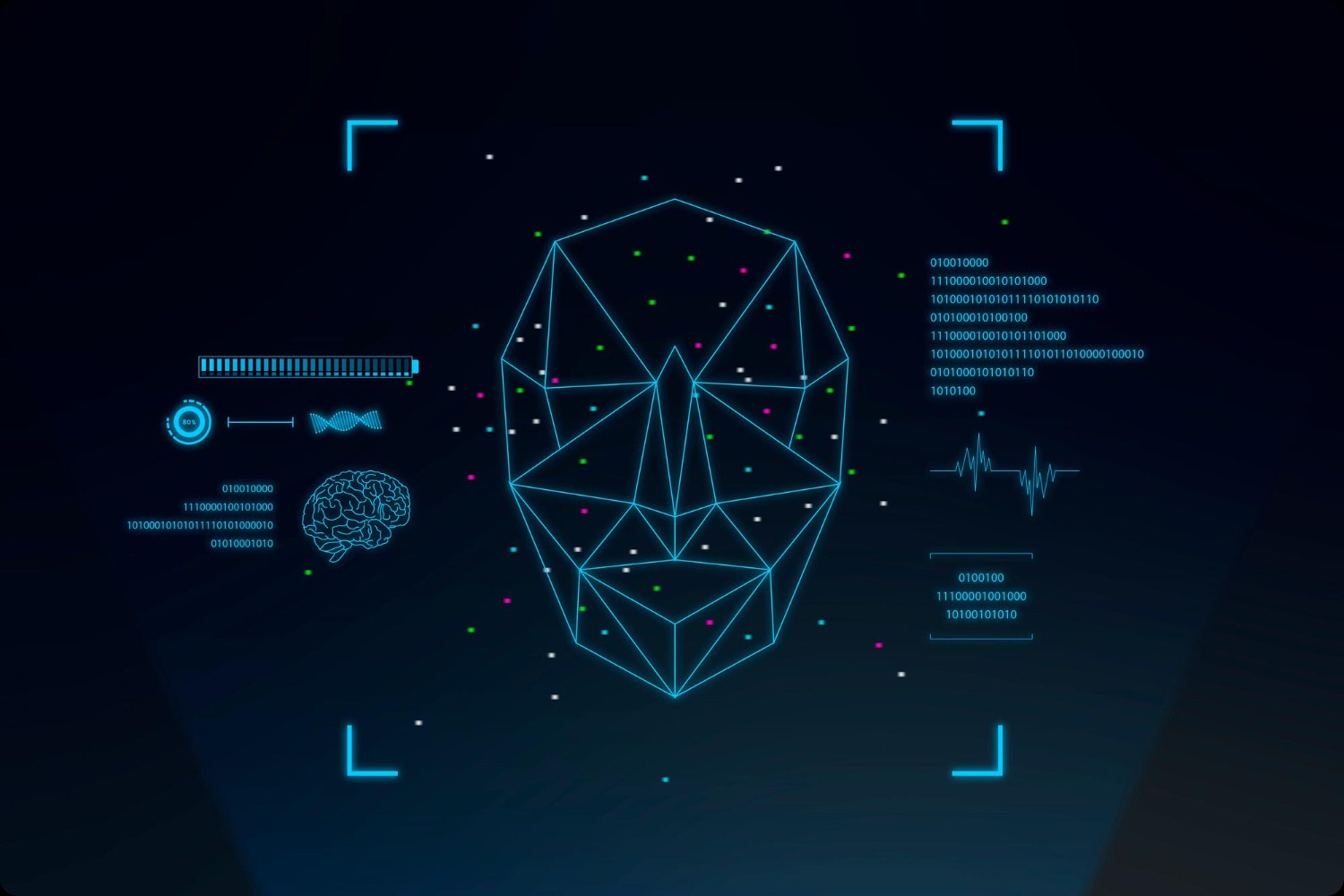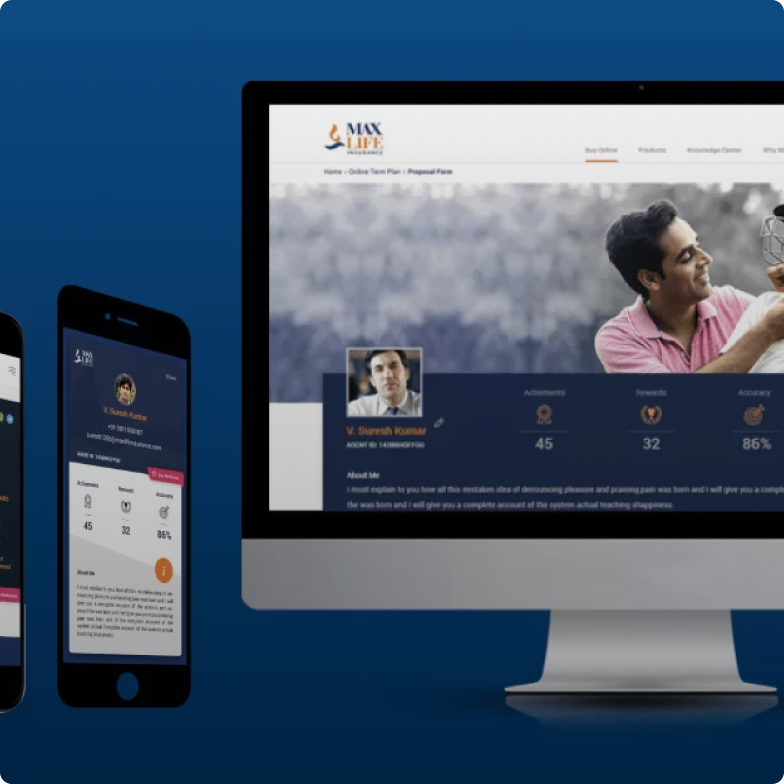
Every time we meet a new prospective client, they express their wish to discuss about our expertise in their specific domain. The conversation often leads to – “Have you designed for our domain before? Do you have examples from our domain?” Occasionally, our clients also emphasize, “Our domain is unique and different”.
Although, it sounds like a simple question, it is a challenging one, especially if there aren’t any examples from that specific domain. Also, if our clients are just starting their UX journey. It is crucial to understand which stage the client belongs to in the UX maturity Model.
Understanding the extent of knowledge about UX design of one’s prospective clients can go a long way in assessing the right methods to convince them. Whether there is an absolute lack of UX or whether the client approaches UX as a strategic advantage. Clarity on the client’s UX maturity is a crucial step for a fruitful relationship in future.
The Equation between UX Design and Domain Knowledge
Does UX Design depend on domain knowledge or is it domain-agnostic? How much knowledge / expertise / information should designers possess of a domain to create design that is meaningful and usable? What role does domain play in User Experience Design? Is UX Design useful in specific domain?
The answer is not as simple as a YES or a NO.
UX Design is all about the User
Customers and their roles in a specific domain differ as the context of the domain changes. The expectations they have of the products also vary from one domain to
another. Users expect to perform certain tasks in a certain way, and which to some extent is dependent on the domain.
More importantly, their perceptions and behavior – how they think and what they do – differs when interacting with products from different domains. The purpose, severity of the problems the users are facing and the mindset while using the product, changes with domain. Domain directly impacts the content of the product.
This also percolates into the communication and interaction styles of domain-specific products with the users. Users are familiar with or expect a certain tone, voice, language and acronyms that are common to their domain. Usage of domain-specific nomenclature, products that consider the attention span, quality behavior and biases of the users fare better than most. Also, the information hierarchy – organization of information – differs as per the domain.
For instance, a supervisor working in a garment factory may use a certain categorization of products suitable for the context – the garment factory. However, the same user when shopping for an automobile, may expect a completely different information hierarchy for better purchase. The conventions, standards, and guidelines for a particular domain could also dominate the design of products.
The Skillset of a UX Designer
So then, how much domain knowledge does a designer need, to design for an unfamiliar domain? Will the UX designer benefit more with more domain knowledge? For the user to experience the product in the most effective and efficient manner, how much domain expertise is crucial for the UX designer?
It is essential to also consider that, though users and their roles are different with respect to change in domain, they often exhibit similar contextual behaviors and attitudes when interacting with the products. It is important for designers to understand the interaction behavior and the tasks, subtasks that the users perform.
Analyzing the User Behavior
The knowledge of how tasks work in specific domains can be easily brought over to the unfamiliar domain with a process we call Task Analysis. Many a times, during user
research one may require to perform task analysis to understand and define the users’ problems better.
With the help of task analysis, one can define the user goals more efficiently. How they approach a specific task and which of their earlier experiences help them in making decisions. The analysis also helps in defining the extent of external influences on the user’s decision making.
Familiarizing with the Norms
It is important to know the content / language users are familiar with. If the designer has not designed for that particular domain earlier, she or he can obtain this information during initial research. Initial research typically involves conversations with stakeholders, subject matter experts, and users.
In addition, designers use methods and tools such as card sorting to uncover patterns of information from users. The data and insights collected from the research methods informs the UX design to help users better accomplish their tasks.
Conclusion
Designers need not be experts in a domain to be able to design for it. They need to understand the users’ mental model and task breakdown, discover interaction patterns that users are familiar with, and use the language of the users. By applying processes and methods of User-centered approach, clients can de-risk their UX journey.
We at YUJ Designs cater to clients from Fortune 500 to Fortune 100 companies, software product companies, and other UX mature companies. 70% of our clients are B2B, Business Enterprises like supply chain, BFSI, and technology, and the rest 30% are B2C, e-commerce, IoT connected technology, and start-ups. One can read about the case studies and our success stories on our website. Our varied portfolio is a proof of our belief, that UX Design is domain-agnostic.
Amplify your brand presence with the best UX design studio that truly aligns your needs with those of your consumers! Get in touch with us at YUJ Designs, today!






